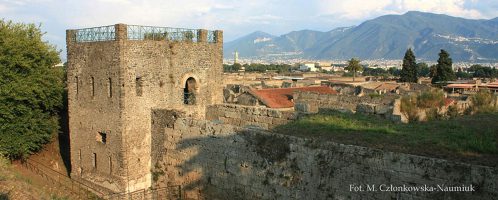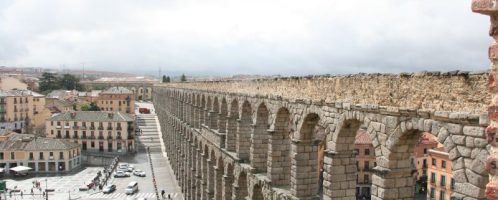Pompeii and Herculaneum – differences between ancient cities after cataclysm
The year 79 CE turned out to be the last in the life of many ancient inhabitants living at the foot of Mount Vesuvius. Thanks to the well-preserved monuments and remains, we are able to get to know the life of the ancients better after thousands of years. Importantly, however, the fate of Pompeii and Herculaneum – the two most famous destroyed Roman cities – was not the same.






